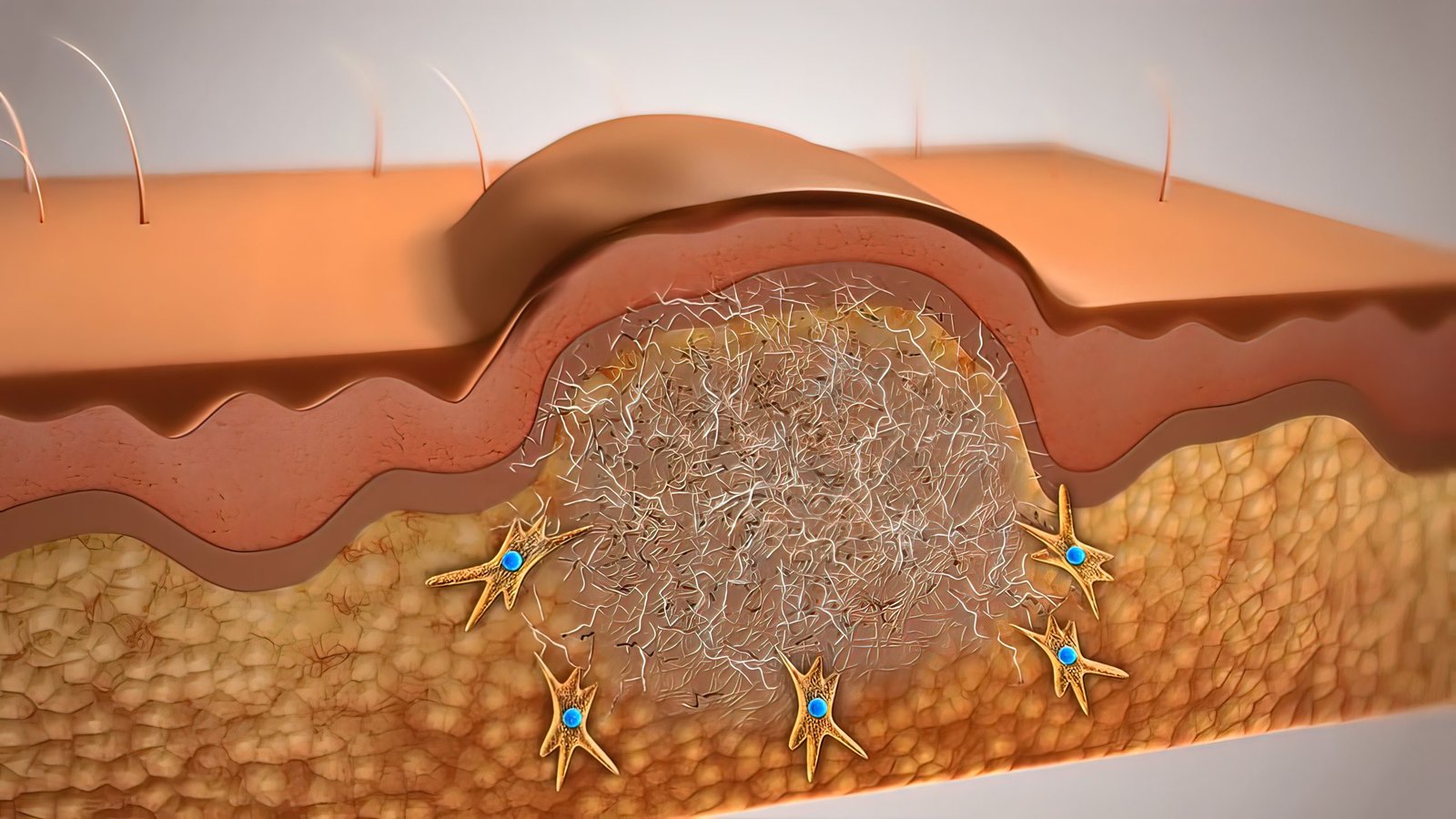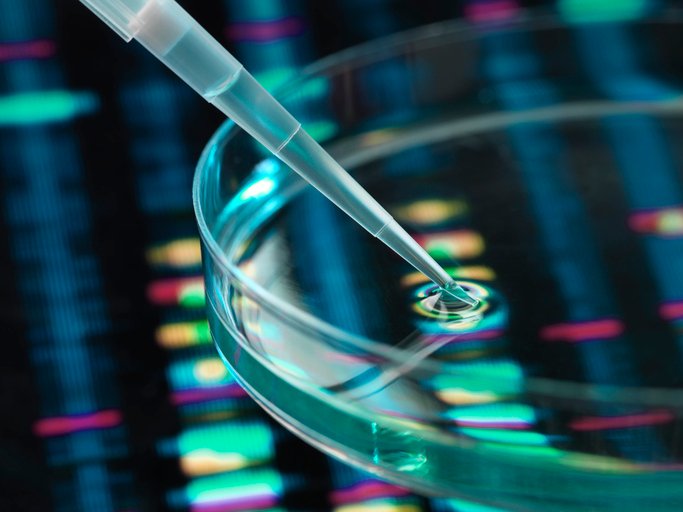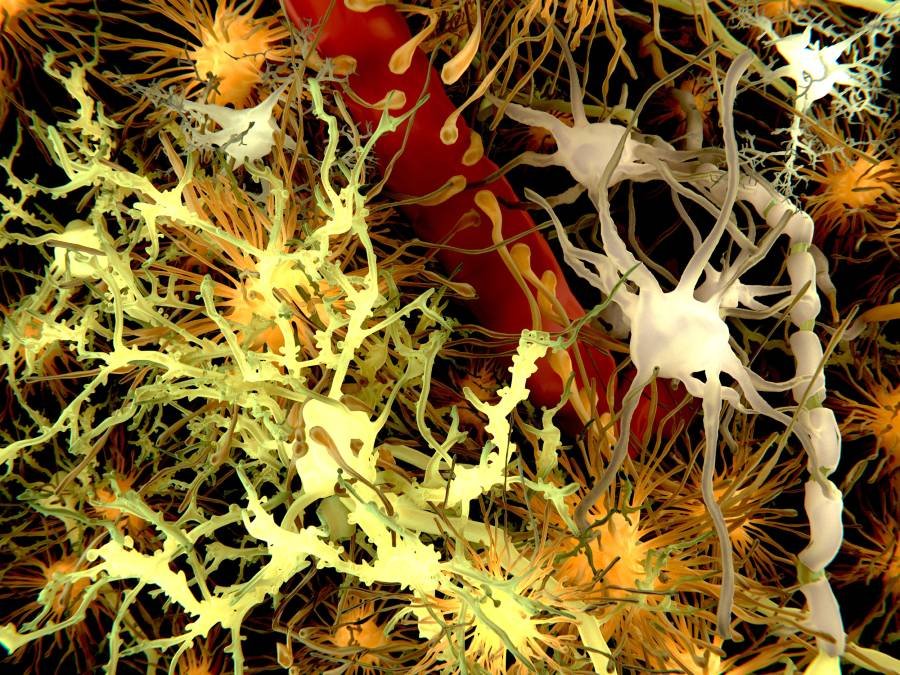Epithelial cells line the body’s surfaces to protect against physical damage, pathogens, and dehydration. These cells play key roles in absorbing nutrients and removing waste products, as well as producing substances such as enzymes and hormones, and changing their shape to close gaps, such as wounds.
In a new study published in Nature Cell Biology titled, “Edge curvature drives endoplasmic reticulum reorganization and dictates epithelial migration mode,” researchers from Tata Institute of Fundamental Research (TIFR) Hyderabad and the University of Birmingham now show that the endoplasmic reticulum (ER) of epithelial cells senses the curvature of wound gaps by changing its structure, becoming tubular in shape when the wound surface is convex, and flattened into sheet-like structures when the wound surface is concave. The results provide mechanistic insights into wound healing.
“Wound healing is an important response to injury. Our study opens new avenues for exploring the mechanisms underlying epithelial gap closure and their broader implications for health and disease by identifying a new role of the ER in this process,” said Simran Rawal, PhD, research scholar at TIFR Hyderabad and first author of the study.
Epithelial gap closure applies a collective movement of surrounding cells, involving two orthogonal migration modes: cell crawling mediated by lamellipodia, sheet-like protrusions of the cell membrane, and actomyosin contractility-driven purse string-like movements. These modes involve different actin and focal adhesion dynamics and assembly.
The authors emphasize that the ER becomes a central mechanotransducer during gap repair, integrating signals from cytoskeletal networks. Structural changes in the ER were dependent on the changing dynamics of both actin and microtubules, the two major cytoskeletal frameworks of the cell.
At convex-shaped gap edges, the microtubules are more crucial for the ER to change into tube-like structures. ER sheets at the concave edge favor parallelly oriented focal adhesions, supporting purse string-like movements. As the ER is actively involved in protein synthesis, sheet accumulation at the concave edge may promote directed protein synthesis and delivery to facilitate movements.
Functionally, manipulating ER morphology alters the migration mode, with Climp63, a transmembrane protein that plays a role maintaining ER structure and function, promoting actin bundles and contractility even at convex edges, and Rtn4a enhancing protrusions at concave edges, likely through changes in focal adhesion orientation.
ER structure and dynamics also influence the distribution and post-translational modifications of microtubules. ER reorganization in response to curvature may influence microtubule modifications, potentially altering organelle distribution and polarity during migration.
To gain mechanistic insights, the authors developed a mathematical model that quantified the strain on the cell during migration towards a gap at different curvatures. The study showed that change in ER structures at both convex and concave surfaces could lower the strain energy experienced by the cell during protrusion and contraction. The results provide a mechanistic basis for curvature-specific ER organization, though the authors state further work is needed to clarify how mechanical constraints and cytoskeletal inputs jointly shape ER structure during migration.
“The ER’s role in cell movement is not just a fascinating scientific discovery but also a potential game-changer for various medical treatments and therapies. Using mathematical models to understand how cells repair themselves may lead to better treatments for wounds, new methods for regenerating damaged tissues, or an improved grasp of how cancer cells spread, leading to new strategies to prevent or slow down metastasis,” said Pradeep Keshavanarayana, PhD, a research fellow at the University of Birmingham and co-author of the study.
The post Epithelial Cells Sense Tissue Curvature for Wound Healing appeared first on GEN – Genetic Engineering and Biotechnology News.




